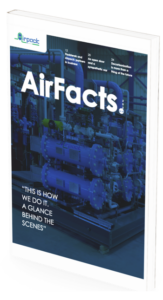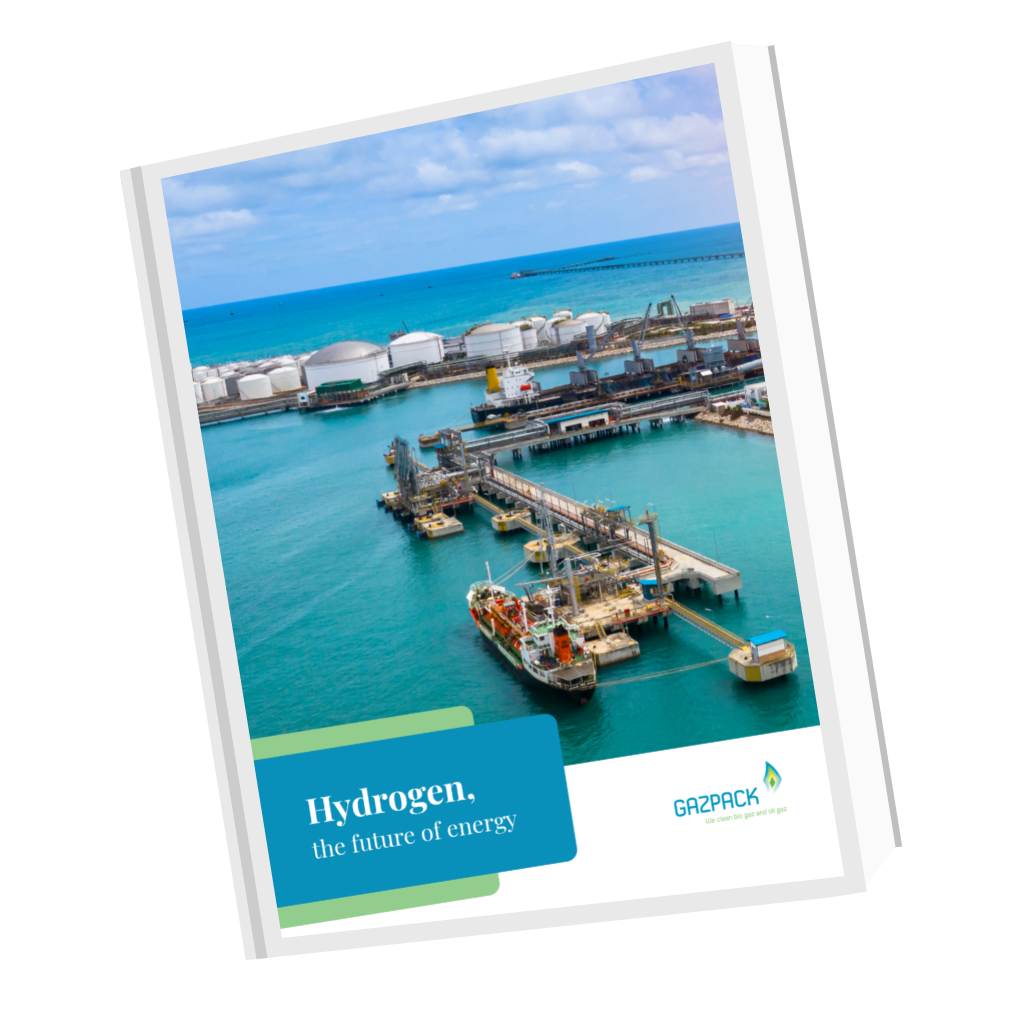Biogas Plant / Biogas Power Plant (reactor) information
Looking to explore the world of biogas processing and handling solutions? Get instant access to our documents about biogas technology.
Biogas production basics
As the economy and culture seek to expand energy alternatives and achieve a higher energy efficiency, the notion of renewable fuels has captured the public imagination. Among the renewable options like wind, solar and hydro-electricity is biogas. For decades, managing organic waste has served as a bane to farmers and home owners alike. Whether the source is livestock manure, dead flora, unused food and scraps, or animal carcasses, few will deny that strong odors emit from them. These are, in fact, gases and they are potent sources of energy generation. The key is in how to capture and utilize these emissions.
Our product portfolio includes both continuous type and batch type biogas plants (biogas plant manufacturer). Each type comes with its unique advantages, with continuous biogas plants offering uninterrupted gas production and batch type plants allowing flexibility in feedstock usage. Our specially designed ferrocement biogas plant is recognized for its durability and cost-effectiveness, particularly in rural areas. Our commercial biogas plant, on the other hand, is engineered to meet the high energy demands of large-scale operations. At Gazpack, we’re not just providers but also biogas plant suppliers with a comprehensive range of biogas plant equipment. We are dedicated to harnessing the potential of biogas as a clean, renewable source of energy through our biogas generation plants. Our advanced biogas upgrading plants ensure the purity and efficiency of the gas produced, ready for a multitude of applications. With a focus on sustainability and efficiency, our biogas CHP (Combined Heat and Power) and energy plants convert the gas produced (in a Biogas plant) into usable heat and electricity, making them an ideal solution for eco-conscious businesses.
What is biogas?
When organic substances ferment where air is absent, as inside a compost pile, biogas is produced by the disintegration of micro-organisms. This is primarily composed of methane and carbon dioxide. Methane (CH4) is a volatile gas already in use for stoves, ovens and some lighting fixtures. Carbon dioxide (CO2), meanwhile, is not only present in the combustion of organic compounds, it also exists in the air from which it gets absorbed by plants and vegetation. To be usable on a large scale, this mixture must be processed in a biogas plant. A biogas facility makes this renewable resource accessible.
How does a biogas power plant work?
The biogas plant has to eat: food scraps like eggshells and coffee grounds; potato peels and carrot stems; rendered fat and sludge can all serve as substrate upon which the chemical fermentation begins. Grass and leaf clippings as well as animal dung are also common inputs for a biogas plant. These are channeled into a fermenter — a light-less, oxygen-free chamber that is heated to about 104 degrees Fahrenheit. The micro-organisms then break down the substrate, facilitating the release of biogas. That, however, is not the end of the process.
The resulting biogas released at this stage in the biogas station contains not just CO2 and CH4, but also toxic hydrogen sulphide (HS). For this reaon, the fermenting unit must be made of a durable substance — stainless steel, e.g. — that can withstand its corrosive impact. The ash from the remainder substrate is removed to a storage tank from which it can be retrieved as a highly nutritious fertilizer in liquid or in dry form. The biogas, meanwhile, rises to the upper realm of the fermenter chamber and is then burned in the heat and biogas power plant. This biogas station is where electricity and heat are produced. From there, the product is directed to the power grid or sent to service stations.
In essence, the biogas facility is a biogas reactor, or anaerobic digester, that extracts the expendable energy from organic material and purifies the remains to leave a potent nutrient for soils. The benefit in a biogas reactor is that little is left to waste.
How big is an industrial biogas plant?
Biogas facilities the world over vary in size. The largest can produce over 1,000,000 tons of organic material. They can generate close to 1,000,000 megawatt-hours of electricity annually. Still, a biogas factory will be only as large as the need and demand require. Equally important is the availability of biomass to use as substrate material. Any biogas treatment plant design must account for the transportation and replenishment of biomass as well. Digester dimensions rest not only on substrate quantity but also on how much time it is retained in the tank. So, while there are several imposing biogas power plants in the world — from Colorado to Mexico, Denmark to Israel — smaller facilities abound, creating energy and serving the goal of environmental stewardship.
What is involved in building a biogas facility?
For an operation that powers major sectors like public transit or heats thousands of residential dwellings, biogas plant installation companies begin with a conception of the project, scoping out its potential and confirming its feasibility. What is the purpose of the plant? Is there a continuous source of biomass? Where should the facility be placed? Once a design plan is finalized, a location must be secured and legal permissions issued. Only then can construction begin.
How much will this biogas plant project cost? Biogas plant price varies, of course, according to the dimensions of the project and the biomass used. For example, one study estimates biogas plant cost for a digester fed by dairy cattle manure that generates over 50 kilowatt-hours to average $4,400 per kilowatt. Needless to say, biogas plant cost is subject to numerous variables.
When considering the establishment of a biogas plant, understanding the financial implications is critical. The cost of setting up a biogas plant can vary significantly depending on the size, complexity, and technology used. For instance, a commercial biogas plant cost could be significantly higher than a smaller, household-level installation due to increased scale and advanced technologies. The biogas plant price, therefore, encompasses multiple aspects such as design, construction, equipment, and operational costs. Projects such as the biotech biogas plant have their unique price tags, with the biotech biogas plant cost factoring in advanced processing equipment and proprietary technology. As you explore your biogas power plant cost, remember that a thorough biogas plant estimate should incorporate not just the immediate expenses but also the projected long-term maintenance and operational costs.




